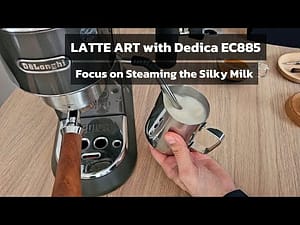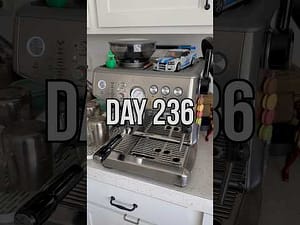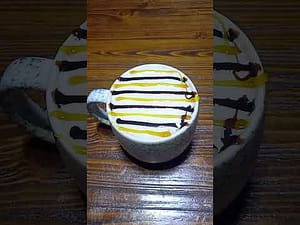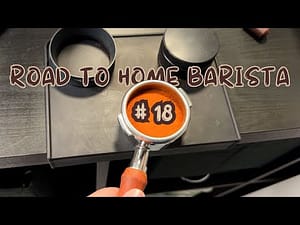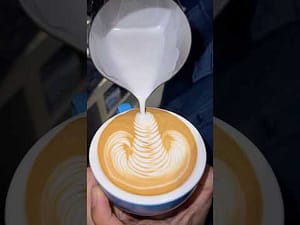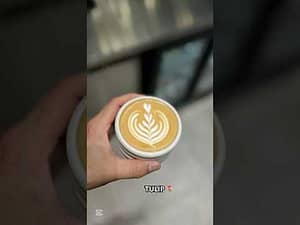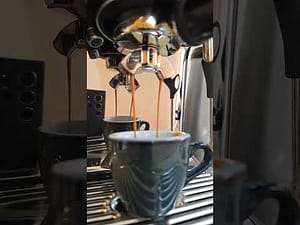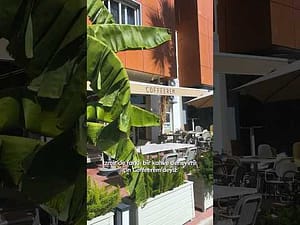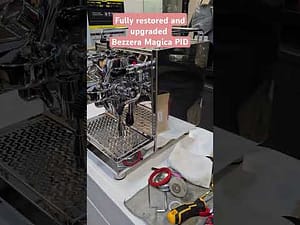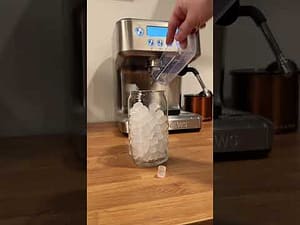How to Make Espresso | Latte Art
Full Playlist: https://www.youtube.com/playlist?list=PLLALQuK1NDrg2Pa3N_kUMy7ImUNAR_3CM
–
–
Watch more How to Do Latte Art videos: http://www.howcast.com/videos/511296-How-to-Make-Espresso-Latte-Art
0
Now again, something to be concerned with here is that, we’re not just making latte art. We’re making drinks, so espresso is a vital component of that. We want to make sure that this is tasting as good as it possibly can be, before we start pouring latte art into it.
Again, you don’t want to give someone a drink that looks beautiful, but tastes awful. That’s a lie. Espresso art is like plating for a chef, and you don’t want to have beautiful food that’s just thrown on a plate. That’s not giving you the promise of that really tasty food in front of you.
You don’t want to have a beautifully plated meal that tastes like garbage. You want to have a beautifully plated meal that tastes as good as it looks. We’re using espresso today that tastes excellent, when it looks its best in the cup, so this Espresso Toscano. It likes to be a really short shot and it’s great for pouring latte art into.
So first things first, we’re going to take the porta filter out of the group head. We’re going to make it nice and clean and dry with a towel. It should have no water or residual coffee left in here, because you want to make sure that the coffee goes into the porta filter dry and stays dry, until we put water onto it. We don’t want to begin the extraction process, before we’re actually ready to brew the coffee.
So we’re going to fill the porta filter and I’ll level it off. I’m going to tamp this down, just to make it a nice and even puck, so water will travel through evenly; and clean up the rim, so it’ll form a tight seal on the espresso machine. What we’re looking for here is an extraction that occurs between 20 and 30 seconds, and gives us about a one to two-ounce pour from the espresso.
We’re going to terminate this at what’s called the blonding point, which means that the espresso is going to turn from a nice dark brown to kind of a platinum yellow color and we’re going to look for that here in the cup. You want to part the group head, to make sure the water coming through is nice and fresh. Wipe up the mess, lock it and immediately brew and get our cups down here.
So here you can see it’s nice and goopy, a nice and dark, kind of an amber color. As it continues, the streams will speed up, and it’ll get lighter and lighter and lighter, until it turns yellow and at that point, we’re going to stop the shot. So there we go. See that nice dark shot of espresso?
That took about 25 seconds and should taste great; it’s nice. So we talk about the extraction of these shots by referencing the contact time. So this shot took 25 seconds to brew. If I tasted it and noticed it was a little bit too bitter, I might want to bring that time down by coarsing the grind.
If I tasted it, and it seemed a little boring or maybe a little sour, that means it’s under-extracted and I might want to bring that time a little longer by making the grind finer. Now the grinder really dictates how the espresso tastes. We’re just putting consistent pressure on it at the espresso machine. So managing extraction by managing grind and shot time is really what makes this espresso sing.


